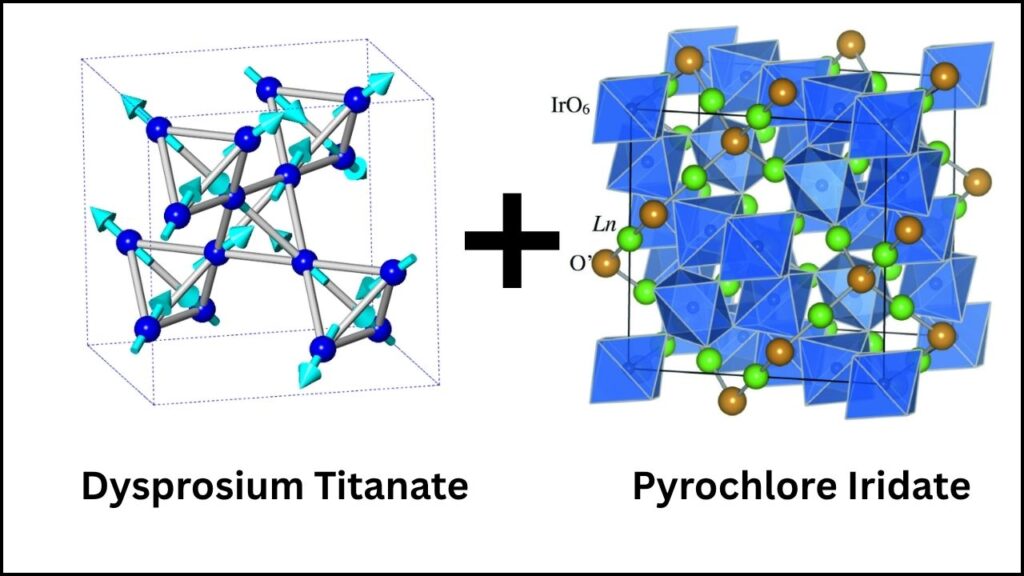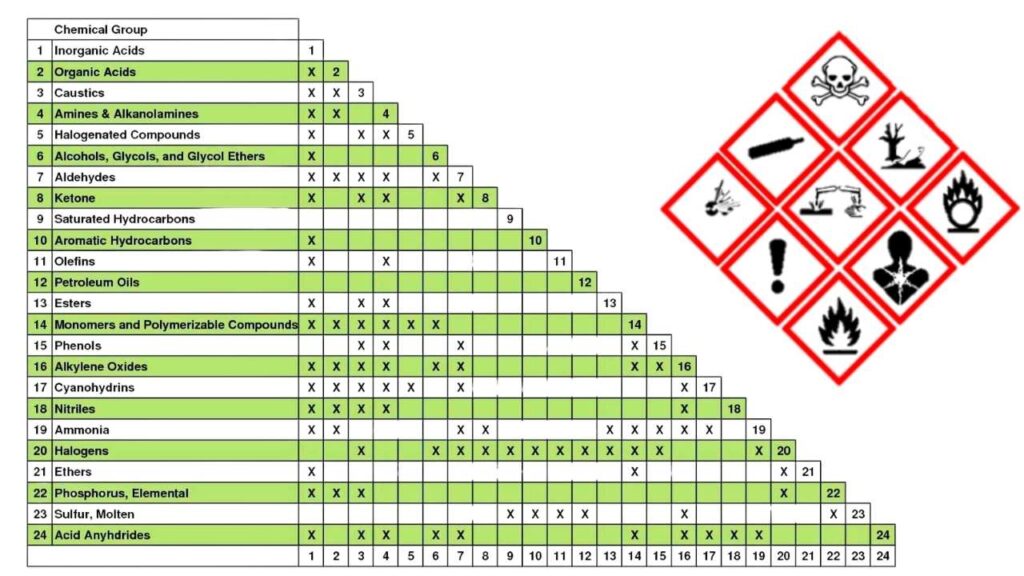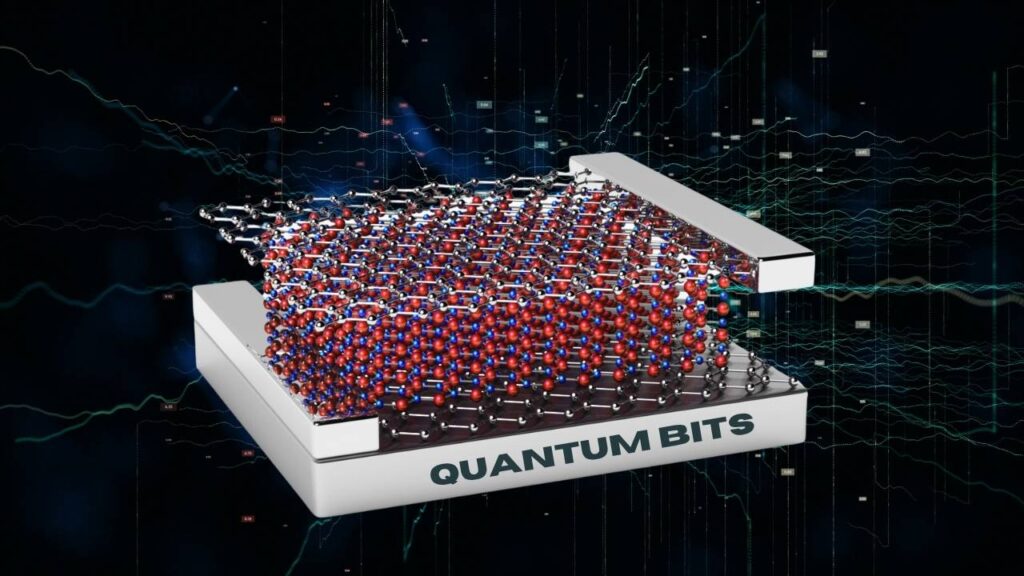Scientists Combine Two Incompatible Materials Into One Groundbreaking Artificial Structure: Imagine if you could take two puzzle pieces that have never fit together and, through innovation, make them snap perfectly into place. That’s what scientists have just accomplished by combining two previously incompatible materials into a single, groundbreaking artificial structure. This achievement is more than just a clever laboratory trick—it could reshape the future of quantum computing, electronics, and advanced technology.

In this article, we’ll break down how scientists combined two incompatible materials, why this matters, and what it could mean for your future. Whether you’re a curious student, a tech enthusiast, or a professional in the field, you’ll find clear explanations, practical insights, and expert commentary throughout.
Scientists Combine Two Incompatible Materials Into One Groundbreaking Artificial Structure
| Aspect | Details |
|---|---|
| Breakthrough | Scientists merged dysprosium titanate and pyrochlore iridate—two previously incompatible quantum materials. |
| Significance | Created a new artificial quantum structure with unique properties at the atomic interface. |
| Applications | Potential for quantum computing, low-power electronics, and advanced quantum sensors. |
| Research Duration | Four years of experimental work by an international team. |
| Official Resource | IBM Quantum Computing |
| Professional Impact | Opens new avenues for designing custom quantum materials and studying exotic states of matter. |
The successful combination of two incompatible materials into a single artificial quantum structure marks a turning point in materials science and quantum technology. By creating new properties at the atomic interface, researchers have opened the door to custom-designed quantum materials that could revolutionize computing, electronics, and more.
Whether you’re a student, a professional, or simply curious about the future, this breakthrough is a reminder that science is always pushing boundaries—and sometimes, the impossible becomes possible.
What Are These “Incompatible Materials”?
Let’s start with the basics. In the world of materials science, some substances just don’t mix—like oil and water. But scientists are always looking for ways to push boundaries.

Dysprosium titanate is a material used for trapping radioactive elements in nuclear reactors. It’s also famous in the world of physics for hosting “magnetic monopoles”—a kind of magnetic particle that acts like a single north or south pole, which is extremely rare in nature.
Pyrochlore iridate is a magnetic semimetal with unusual electronic and topological properties. In simple terms, it behaves in ways that most metals and magnets do not, making it a hot topic in quantum research.
These two materials have always been considered “incompatible” because their atomic structures and quantum properties don’t naturally allow them to bond or interact in a stable way.
How Did Scientists Combine Them?
The Challenge:
Imagine trying to stack two different types of Lego bricks that just don’t click together. That’s what researchers faced. The atomic structures of dysprosium titanate and pyrochlore iridate simply didn’t match up.
The Solution:
After four years of painstaking work, an international team of physicists developed a method to layer these materials at the atomic scale. By carefully controlling the environment and using advanced deposition techniques, they created a “quantum sandwich” where each material forms a thin layer, and the magic happens at the interface where they meet.
This interface is only a few atoms thick, but it’s where the new, never-before-seen quantum properties emerge.
Why Is This Breakthrough Important?
1. New Quantum Behaviors
At the interface of these two materials, scientists observed quantum phenomena that don’t exist in either material alone. This opens the door to studying exotic states of matter and topological quantum effects, which are crucial for the next generation of quantum technologies.
2. Custom-Designed Quantum Materials
For the first time, researchers can create artificial materials with properties tailored for specific applications—something nature doesn’t provide. This means we could design materials for ultra-fast computers, highly sensitive sensors, or even new types of memory devices.

3. Advances in Quantum Computing
Quantum computers rely on materials that can maintain quantum states (like superposition and entanglement) for longer periods and with greater stability. The new structure could help build better qubits—the basic units of quantum information—leading to more powerful and reliable quantum computers.
What Is Quantum Computing, and Why Does It Matter?
If you’re new to the topic, quantum computing might sound like science fiction. In reality, it’s the next frontier in how we process information.
Classical computers use bits—tiny switches that can be either 0 or 1.
Quantum computers use qubits, which can be 0, 1, or both at the same time (a property called superposition). Qubits can also be entangled, meaning the state of one instantly affects another, even at a distance.

This allows quantum computers to solve certain problems much faster than any classical computer ever could. For example, they could:
- Crack complex encryption codes
- Simulate molecules for drug discovery
- Optimize logistics in ways never before possible
But building a practical quantum computer requires materials that can support these quantum states—hence the excitement over this new artificial structure.
Practical Advice: How Could This Affect You?
For Students and Young Learners:
If you’re interested in science or technology, this is a great time to start learning about quantum mechanics and materials science. Many organizations offer beginner-friendly guides and resources.
For Professionals:
Engineers, physicists, and materials scientists should keep an eye on developments in artificial quantum materials. This breakthrough could lead to new research opportunities, patents, and even startups focused on quantum devices.
For the General Public:
While quantum computers aren’t on store shelves yet, their impact will be felt in cybersecurity, healthcare, finance, and more. The materials developed today will shape the technology of tomorrow.
Step-by-Step: How Are Artificial Quantum Structures Made?
1. Material Selection
Scientists choose materials with unique quantum properties, even if they seem incompatible.
2. Atomic Layer Deposition
Using precise equipment, they deposit one material onto another, layer by layer, at the atomic scale.
3. Interface Engineering
The interface—the thin region where the two materials meet—is carefully controlled to encourage new quantum behaviors.
4. Testing and Analysis
Researchers use advanced microscopes and quantum measurement tools to study the properties of the new structure.
5. Application Development
Once a promising new material is created, scientists test its potential for use in quantum computers, sensors, or other devices.
Real-World Example
A similar approach was recently used to create a layered structure of graphene and hexagonal boron nitride. This combination led to the discovery of “fractional charges”—a phenomenon never seen before in graphene alone. It’s a perfect example of how artificial structures can unlock new physics and technology.
Simple Chemical Solution Produces Ultra-Thin Materials With Powerful Electronic Properties
New 3D Acoustic Device Uses White Noise to Control Sound in Multiple Directions
Scientists Detect Mysterious Radio Pulses Coming From Deep Beneath Antarctic Ice Sheet
FAQs About Scientists Combine Two Incompatible Materials Into One Groundbreaking Artificial Structure
Q: Why were dysprosium titanate and pyrochlore iridate considered incompatible?
A: Their atomic structures and quantum properties don’t naturally allow them to bond or interact stably, making it extremely difficult to combine them without advanced techniques.
Q: What is the significance of the interface in these structures?
A: The interface is where the new quantum properties emerge, enabling behaviors not found in either material alone.
Q: How could this affect quantum computing?
A: The new structure could lead to more stable and efficient qubits, which are essential for building practical quantum computers.
Q: Are there any immediate applications?
A: While commercial products are still years away, this research lays the foundation for future quantum devices and sensors.
Q: Where can I learn more about quantum computing?
A: Many reputable organizations provide educational resources on quantum computing for all levels.






